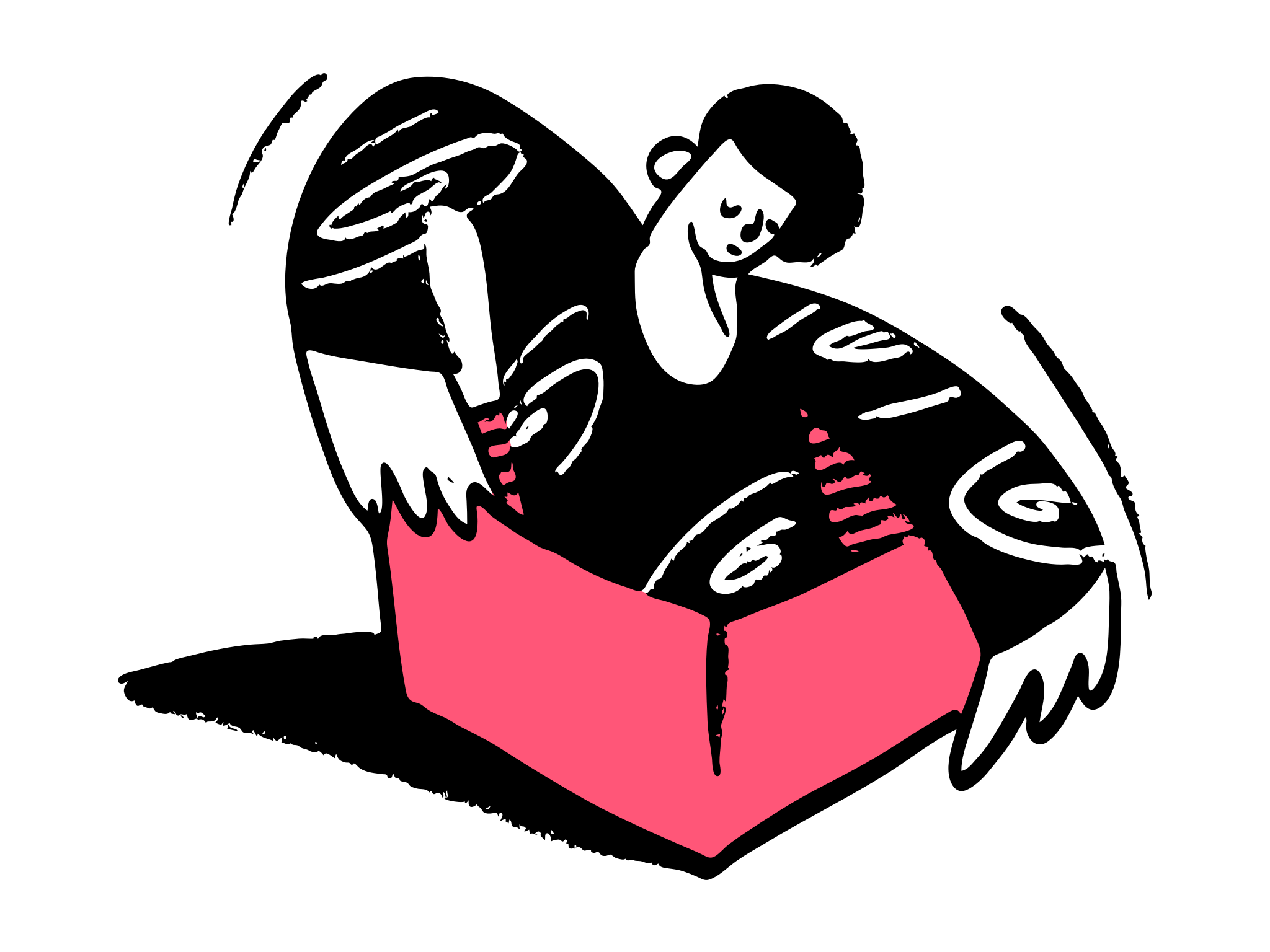Table of Contents (Click to show/hide)









Have you ever wondered why pale blue and pale green is always used in a hospital setting? Why not red or orange or purple?
Well, this is because blue and green are viewed as soothing, relaxing and comforting colors. This is just one example of how color is used to impact your mood, perceptions and even your emotions!
Color psychology is an emerging science that studies the ways in which color impacts our emotions, mood, perceptions and even your buying decisions! It’s true: marketers use colors to manipulate consumers.
Color Psychology By the Hue

So what emotions, concepts and ideas are linked to each color? Great question! Consider the following:
Red is a color linked to intensity, romance, pain, drama, danger, urgency and heat.
Orange is associated with warmth (think flames), excitement, alertness and enthusiasm. Like yellow and red, orange naturally attracts your eye.
Yellow is a color of happiness and new opportunities (think of the sun rising on a new day). It’s associated with warm temperatures. Behind red, it’s the color that’s second most likely to attract your gaze (which is why yellow is often used in traffic signage.)
Green is a color of vibrance, rejuvenation, resilience, healing, youth, vitality and nature. It’s also the color of money.
Blue is the color of calm, serenity and peace, but also sadness. It’s also associated with water and cool temperatures.
Purple is the color of royalty and wealth. It’s also viewed as exotic. Deep purple can also be associated with wisdom, while lighter purple can evoke thoughts of spring time and renewal.
Brown is the color of nature and all things “earthy” and “down to earth.” It evokes feelings of stability and strength.
Pink is the color of all things feminine, happy and peppy.
White is the color of purity, innocence and simplicity.
Black is a serious color, associated with death and mystery.
Conveying a ‘Clean’ Image

A company that makes household cleaners is apt to utilize pale, cool hues, as these colors are associated with freshness, nature and purity. Case in point: you’re much more apt to see a an web advert depicting a room with a stark white décor, accented with pale blues rather than a room with browns and maroons. Light colors are “clean”, while dark such as brown associated with the color of dirt.
Catching Your Attention With Color

Marketers also use color to indicate excitement and to capture your attention. The human eye is naturally drawn to red. (Have you ever wondered why stop signs are red? This the reason!) It’s the color of urgency, drama, romance and intensity. In nature, red and orange often indicate danger. Red is the color of blood. Orange is the color of flames. Poisonous snakes and insects often have red or orange markings.
Therefore, marketers use colors such as red, orange and even shades of bright yellow to capture your attention and to convey urgency, such as “Sale Today Only!” or “50% Off!” or “Limited Time Offer!” This is especially important on the web, where users are often overwhelmed by a combination of text, audio, video, photos and adverts. Therefore, online marketers need to do everything possible to ensure that their advert — not the competitors’ — captures your attention.
You’ll be Blue if You Try to Market Your Food-Related Product with This Color!
In nature, blue foods are extremely rare — except for spoiling food, which may grow blue mold! Studies have revealed that individuals saw a dramatic reduction in appetite and reported a poor taste when they were served steaks in a room with blue lighting, whereas those who ate in a room with red lighting ate more and despite the fact that they were served the same meal as the individuals in the blue-lit room, there was a dramatic increase in the number of people who said they enjoyed the meal.
Therefore, if you’re trying to promote a food product or restaurant, steer clear of blue!
Applying Color Psychology to Online Marketing

Consider some other ways in which marketers use colors to influence consumers and their view of a product, brand or business.
Sales, discounts and other promotions are best conveyed using graphics that are red, orange or yellow.
Food and restaurant-related graphics should select warm colors such as red, orange and yellow, rather than cool colors like blue and green.
A jewelry shop or luxury car dealership ought to use purple or black, as these colors are viewed as luxurious and classy.
A banking website is best served by green — the color of money — or white, which conveys simplicity and honesty, just like your banking services!
An environmental organization is best served by earth tones such as green and brown, as these colors are associated with nature, earth, renewal and authenticity.
A home organization expert is best served by black and white graphics, with simple, clean lines that convey the simplicity and ‘back to basics’ approach.
These are just a few ways in which marketers can use color to their advantage! So before you design an advert for your next banner ad campaign, or revamp your logo, think about the colors that align with the ideas and emotions you’d like to convey!









